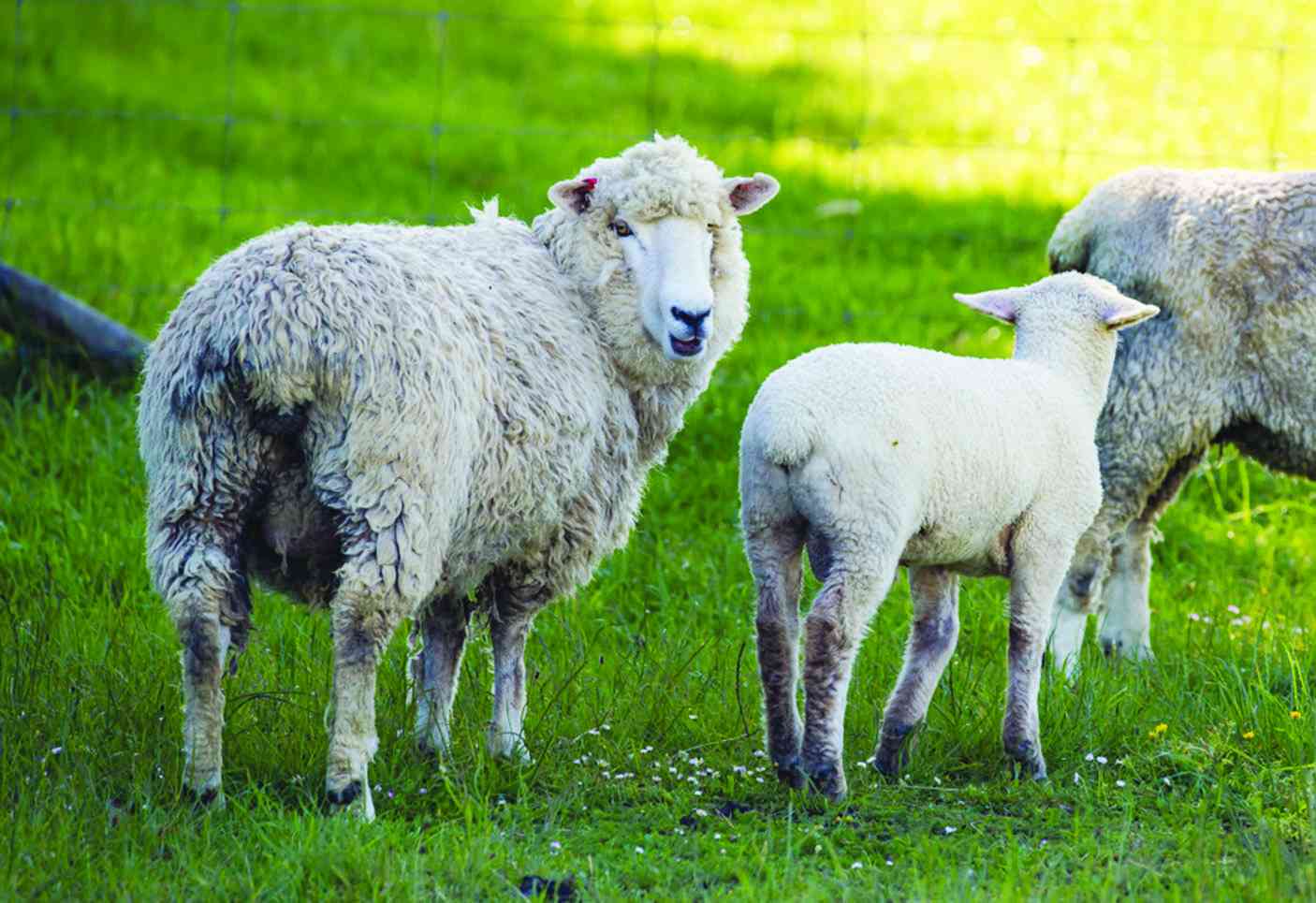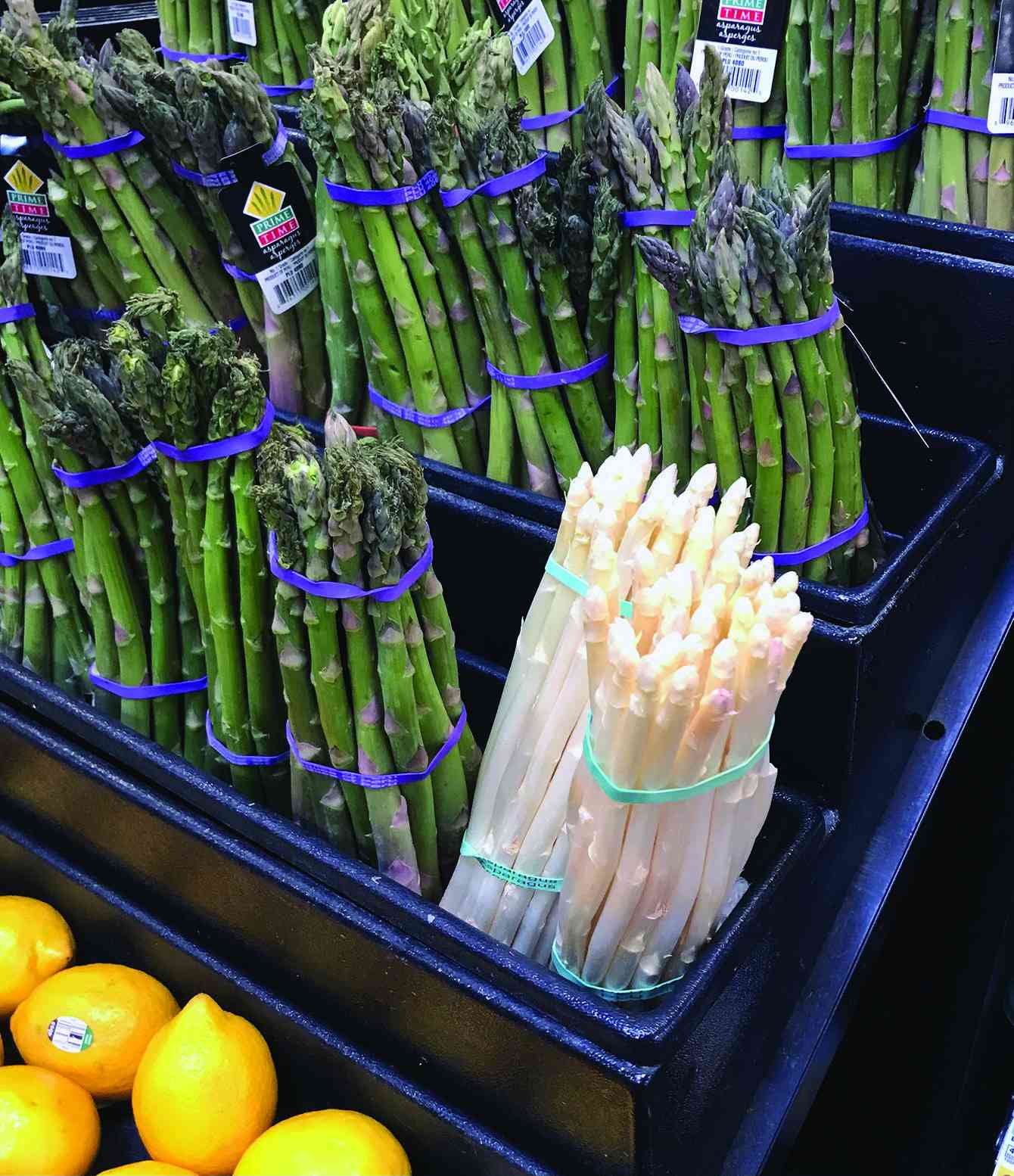
GOAT breeds such as the Boer goat, Savanna and Kalahari red are not only good meat-producing animals; they are hardy, and their feeding habits make them versatile and resilient.
Also, they have a comparatively good resistance to vector- and tick-borne diseases.
In addition, goats have good maternal instincts, and I have noticed mature rams and ewes will protect their kids vigorously against predators such as jackals.
Unlike most cattle and sheep breeds, which are largely grazers, goats love bushy biomes.
They will often choose to browse on trees and shrubs before they graze grass.
Having farmed Boer goats for a number of years, I have noticed that goats can control dense thickets and even invasive trees.
They do this by ring-barking trees at the lower levels of the trunk.
Goats love tree bark and will eat bark in circular patterns until the tree eventually dies. This only really occurs, however, if goats are left in bushy camps for excessive periods.
- Elephant census under way
- Mvuma records 4 cholera deaths
- Savanna Trust honours Mcedisi Shabangu
- A brutal ‘mafia’ TIMB never dares to tackle
Keep Reading
Some farmers shred trees and use this mixture of trunks, bark, seeds, branches, and leaves to feed goats in feedlots or kraals during kidding when they want to keep mothers with newly born offspring for a few weeks.
Goats are able to breed all year round. In fact, they are prolific breeders, and can become sexually active at five to seven months of age.
I prefer putting maiden ewes to rams at about 12 months of age.
While most sheep farmers will only breed one crop of lambs a year, goats can produce offspring every eight months.
Another big plus factor is that, although first-time breeders may only have single kids, older ewes are prone to having twins and triplets.
This enables you to increase your herd size quite rapidly. A further benefit compared with breeding cattle is that goats are pregnant for five months, while a cow’s gestation period is nine months.
Goats are better suited to smaller farms.
Good-quality well-cared-for goats can be weaned at about 100 days.
At this stage they should weigh 15kg-18kg.
While there are goat buyers who will buy young goats of this age in order to grow them out further, I choose to rather keep offspring until they are about nine months old.
If well cared for, they should weigh about 45kg.
I have mentioned heavier meat varieties of goat, and South Africa’s communal farming areas already have a large number of indigenous and crossbred goats.
While these may not be as desirable for slaughter purposes, they are indeed hardy and are also prolific breeders. — Farmers Weekly.
Brody is involved in an outreach programme aimed at transferring skills to communal farmers.









